Pin-Up Girl Photography Puts Models Behind Drapes
Photo manipulation gives vintage pin-up photos a whole new look
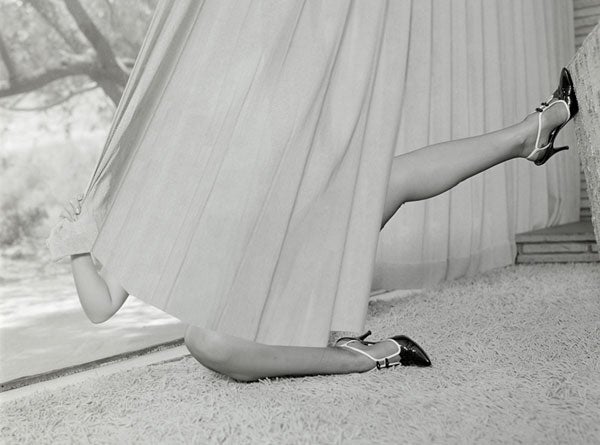
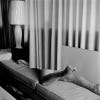
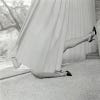
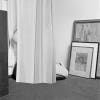
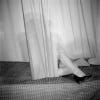
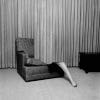
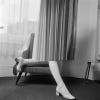
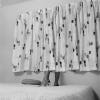
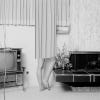
In some quarters of the photography world, it’s still perceived as a sin to use Photoshop on your images. Never mind that darkroom techniques allowed the old masters, like Ansel Adams, to manipulate their images at will! It’s safe to say that this view is quaint at best, and I can’t imagine that it will persist for much longer, except among the most hard-line of photographers. A somewhat harder sell might be the legitimacy of found or appropriated images as an “original” work. Again, with the growing (if begrudging?) acceptance of Google Street View imagery, it seems only a matter of time before this work, too, is widely accepted.
British photographer Eva Stenram has no such inhibitions: her recent work “Drape” combines digital manipulation with image appropriation using vintage pin-up girl photography. In the series, she’s re-presenting vintage pin-up photos, with one small alteration, so to speak. In each of the original photographs, the women are posing in front of curtains or drapes, and Stenram has digitally extended this cloth to partially obscure the subject. It makes you look at her source material in a completely different way.
I imagine that some people might see this alteration of pin-up girl photography and wonder why it’s worth looking at. For me, the simple answer is that it’s a clever way of poking at the conventions of this male-centric genre, which never sacrifices aesthetic quality. After all, even if you didn’t know the way that these images were created, you could still appreciate them as interesting photographs. In the end, the “point” of the work is not located in the digital manipulation itself; as a text on Stenram’s website states, “The resulting image makes no attempt to look ‘real.'” Isn’t that a productive way to think about things?